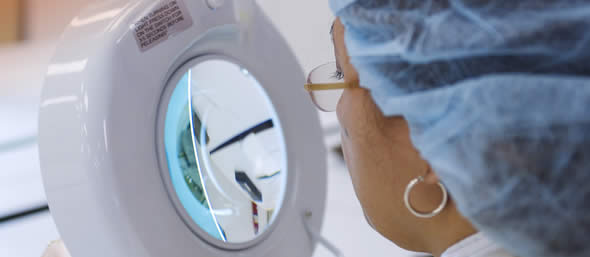Sterilisation Consultancy
A sterile product is defined as “one that is free of viable micro-organisms.” The purpose of the sterilization process is to inactivate any microorganisms present and thereby transform the products from non-sterile to sterile.
Because the inactivation of microorganisms by physical or chemical agents equates to an exponential relationship, there is always a finite probability that a microorganism may survive regardless of the extent of the treatment applied.
Therefore, the sterility of one item in a population of items can only be expressed in terms of the probability of the existence of a non-sterile item in that population. This is frequently referred to as the Sterility Assurance Level (SAL). For an item to be labelled “sterile” it is usual for the SAL to be 10-6.
Sterilization is regarded as a special process, i.e., one that cannot be fully verified by subsequent inspection and testing. For this reason the sterilization process must be validated.
Sterilisation Validation Services
Technologies
-
Ethylene Oxide
-
Gamma
-
E-Beam
-
Steam
Sterilisation validation of products
-
Single use Sterile products
-
Cardiovascular and vascular Devices
-
Drug/Device combination products
-
Syringes and tubings
-
Procedure packs
-
Orthopaedic Devices
-
Wound Management
-
Neurological devices
-
Disposable Contact lens
-
Assessment of product and packaging changes
Process Sterilisation Validation Services
-
Mixed load validation
-
New cycle
-
Capacity Planning
-
Logistics Planning
-
Contingency planning
-
Process capability evaluation
-
Revalidation Assessments
-
Problem Solving



